Our concept
General Context: A Bridge Between Nature and Longevity
For centuries, people have sought to integrate nature into their daily environments—whether through indoor gardens, green walls, or simple bouquets of fresh flowers. This pursuit is driven by a desire for calm, improved air quality, or simply staying connected to living elements in increasingly urban surroundings. However, live plants demand light, water, and regular care to remain healthy. In many situations—such as low-light areas, hard-to-reach locations, or where time and resources are limited—maintaining fresh plants can become a major challenge.
When faced with these constraints, some choose artificial plants, which require no upkeep. Yet these plastic or fabric replicas often lack the visual and tactile authenticity of real greenery, and their production and disposal can have significant environmental impacts. This leaves us with a dilemma: embrace the fleeting beauty and demands of real plants, or opt for the low-maintenance but often lifeless feel of synthetics.
The Concept: Preserving Nature Without Its Drawbacks
From this dilemma emerged a broader concept aimed at preserving, as faithfully as possible, the “living” appearance of a plant while reducing the usual care requirements and environmental limitations. The goal is to strike an ideal balance by:
Retaining authenticity (shape, color, texture, flexibility) unique to real plants,
Eliminating or reducing the typical maintenance they need (water, light, soil),
Minimizing ecological impact—whether from disposal of short-lived fresh plants or reliance on petroleum-based artificial replicas.
With scientific advancements and evolving preservation techniques, various methods have been tested—drying, chemical immersion, encapsulation, and more. Over time, these solutions have been refined to achieve a visual and tactile fidelity nearly indistinguishable from that of a fresh plant.
The Notion of Stabilized Plants: An Innovative Answer
Among these approaches, stabilized plants stand out as one of the most successful embodiments of this concept, designed to maintain a plant’s fresh aesthetic without the usual maintenance. Techniques for stabilization, developed and refined since the 1970s, have produced a hybrid result: while the plant is no longer alive in the strict sense (it no longer requires roots or sap), it preserves its appearance and organic qualities, creating the illusion of a freshly cut specimen.
Moreover, this solution addresses growing ecological and aesthetic concerns:
Sustainable Preservation: Less waste from cut flowers or plants that fade quickly.
Environmental Consideration: Reduced need for entirely synthetic plastic decorations.
Broad Applicability: From bridal bouquets to green hotel lobbies, or even large-scale art installations.
In short, beginning with a general concept focused on uniting nature and durability, stabilized plants emerged as a comprehensive alternative: they faithfully capture the look and feel of living greenery, while standing the test of time without the complex upkeep that living plants typically require.

Green Wall Ball Moss

Green Wall Ball Moss

Palm Tree Phoenix

Palm Tree Phoenix

Eucalyptus Tree

Modules on the wall Reindeer Moss
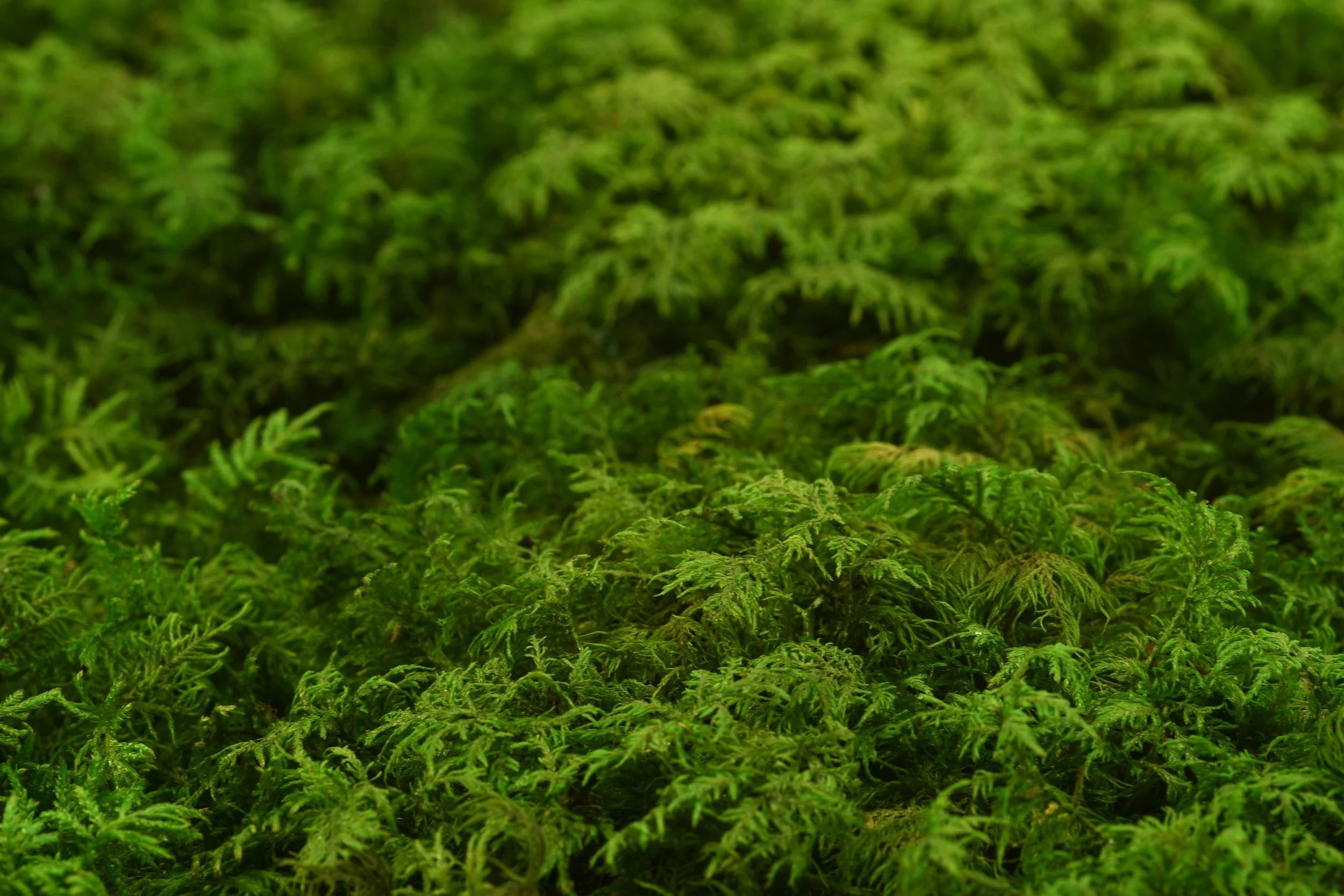
Fern Moss

Indoor Landscapes

Frame on the Wall Reindeer Moss

Mood Moss
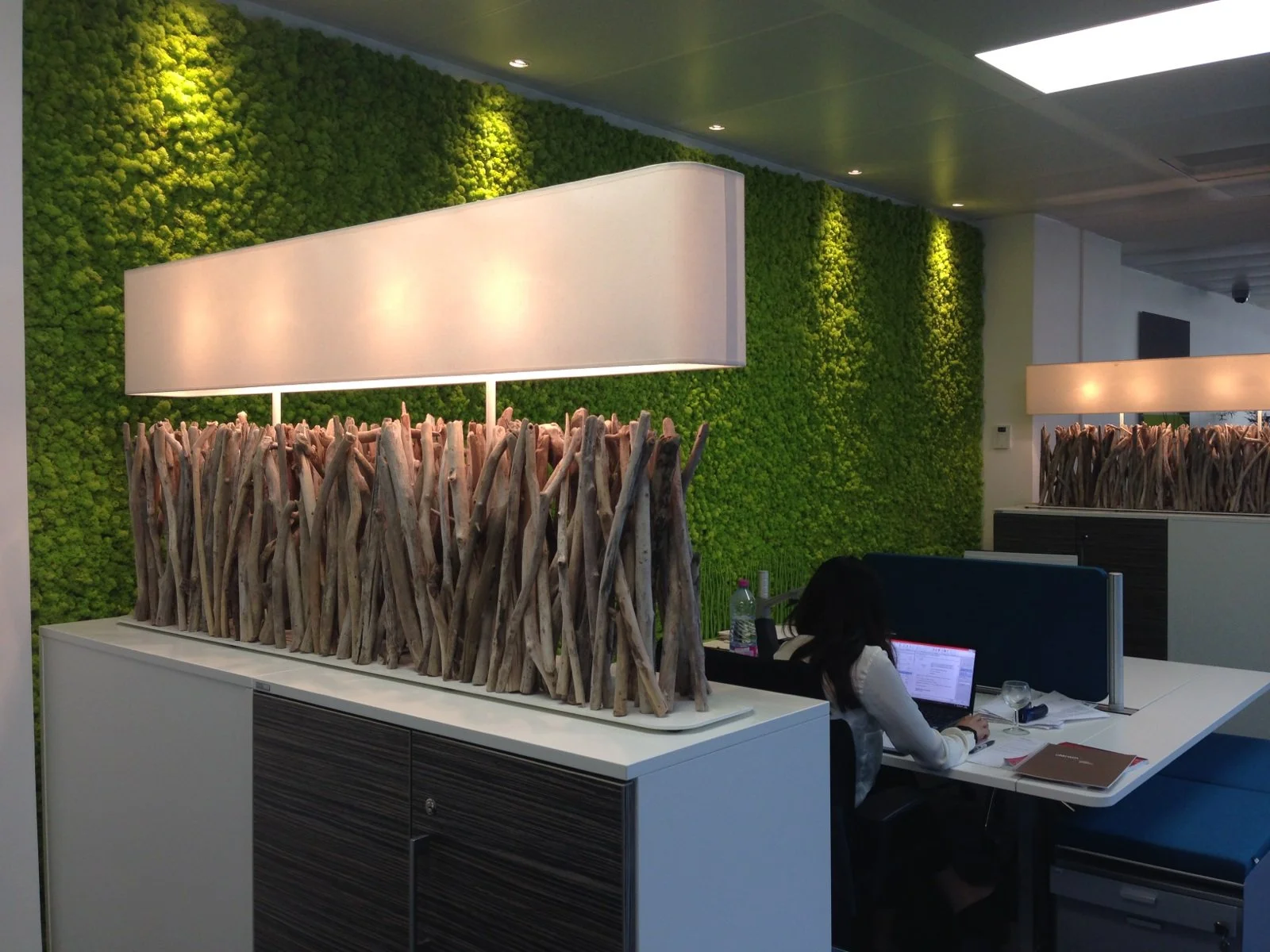
Green Wall Reindeer Moss

Green Signalisation

Long Moss on the Wall
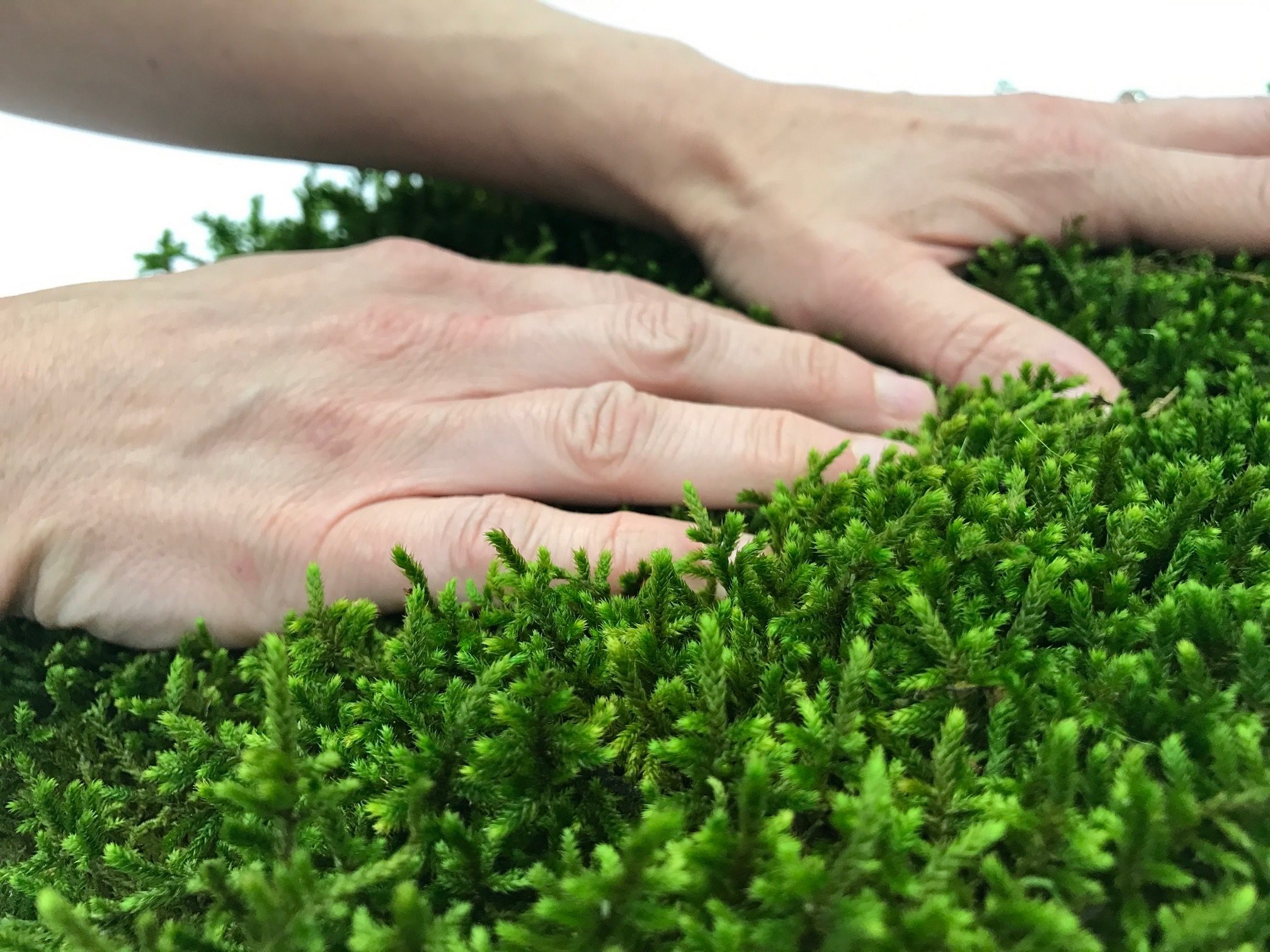
Long Moss Texture

Reindeer Moss Frame

Reindeer Moss Frame

Reindeer Moss Frame

Reindeer Moss Installation in a Mall

Reindeer Moss Frame

Palm Tree Phoenix

Palm Tree Phoenix

Reindeer Moss Installation in a Mall

Gramins Separators
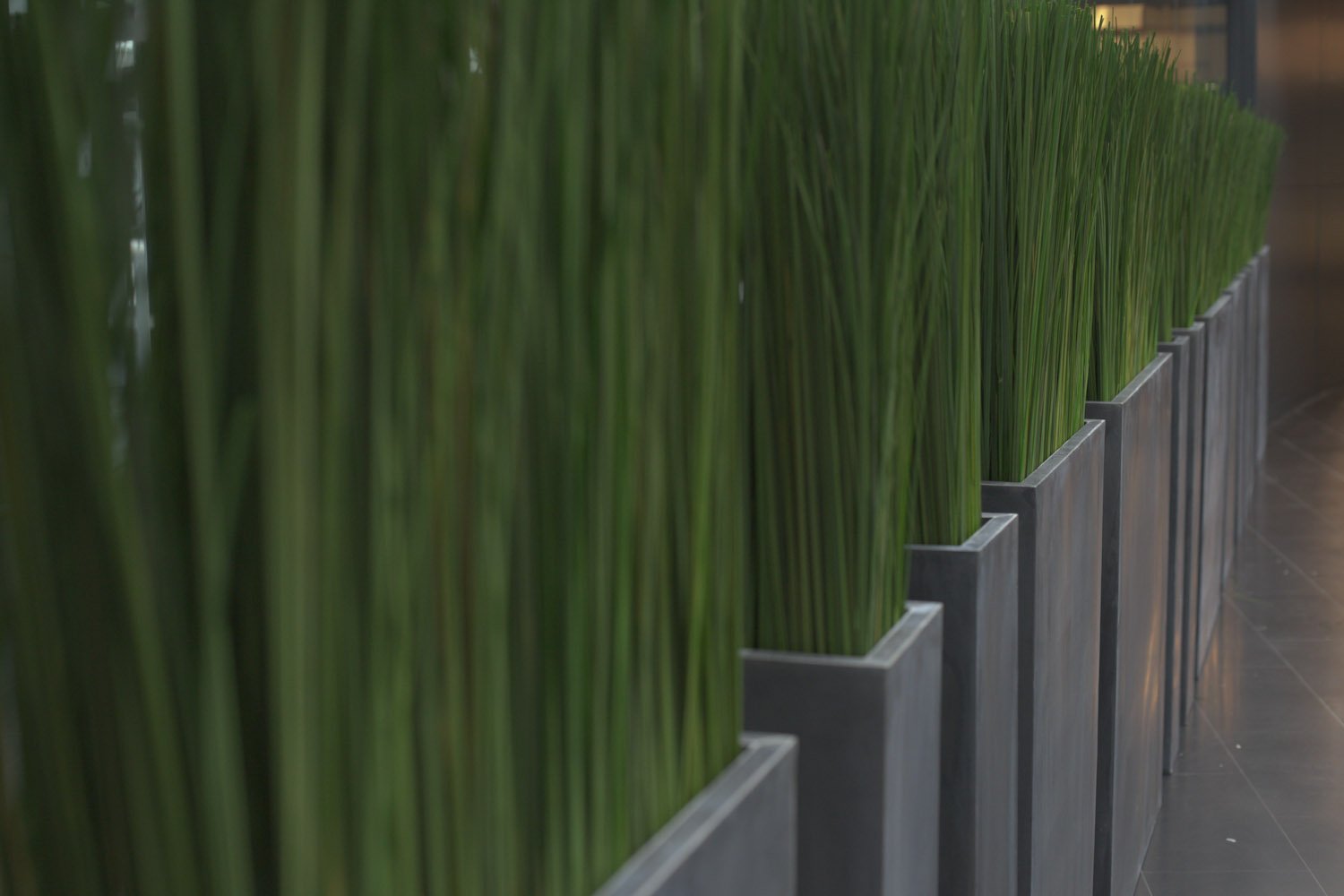
Gramins Separators

Green Wall Tree Fern
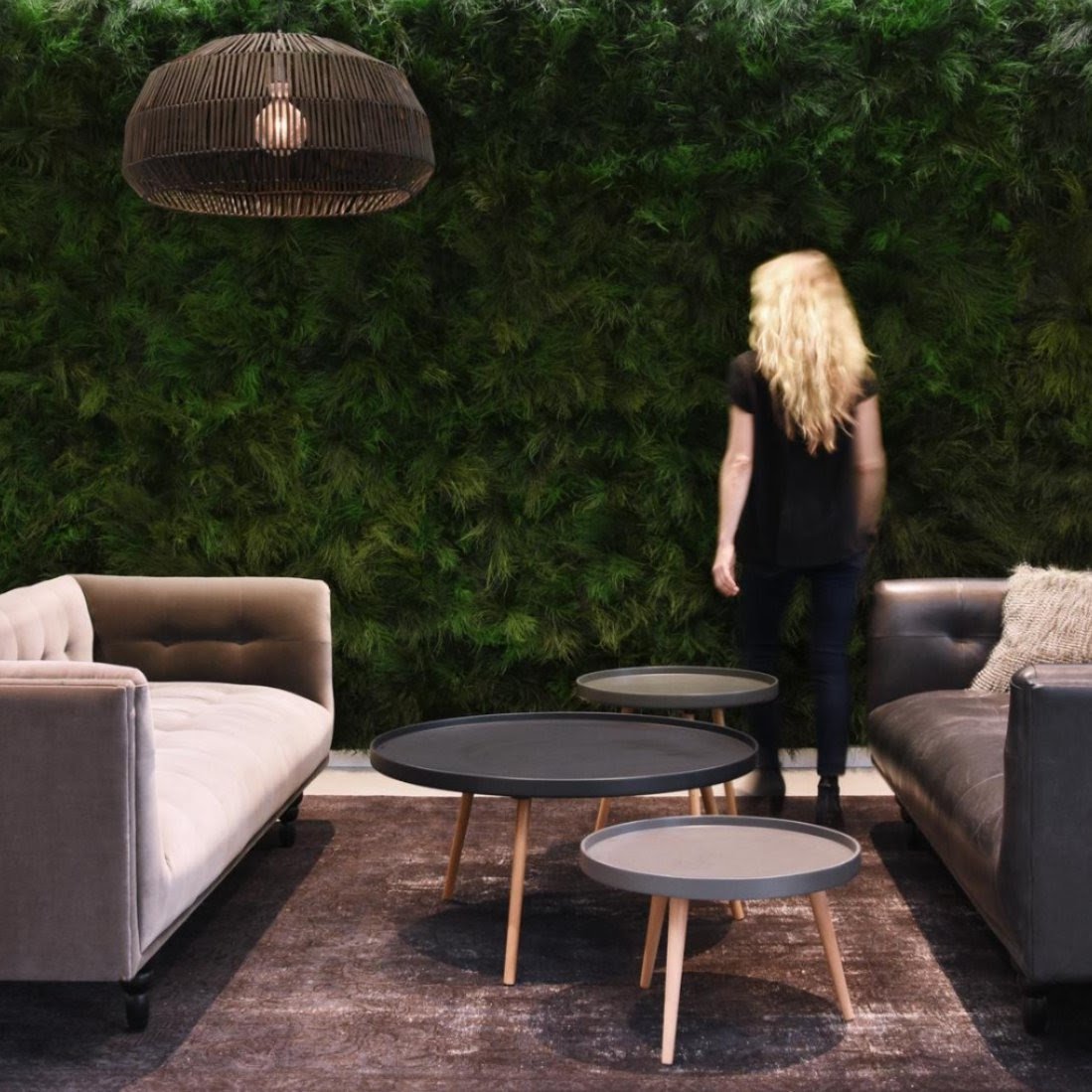
Green Wall Tree Fern
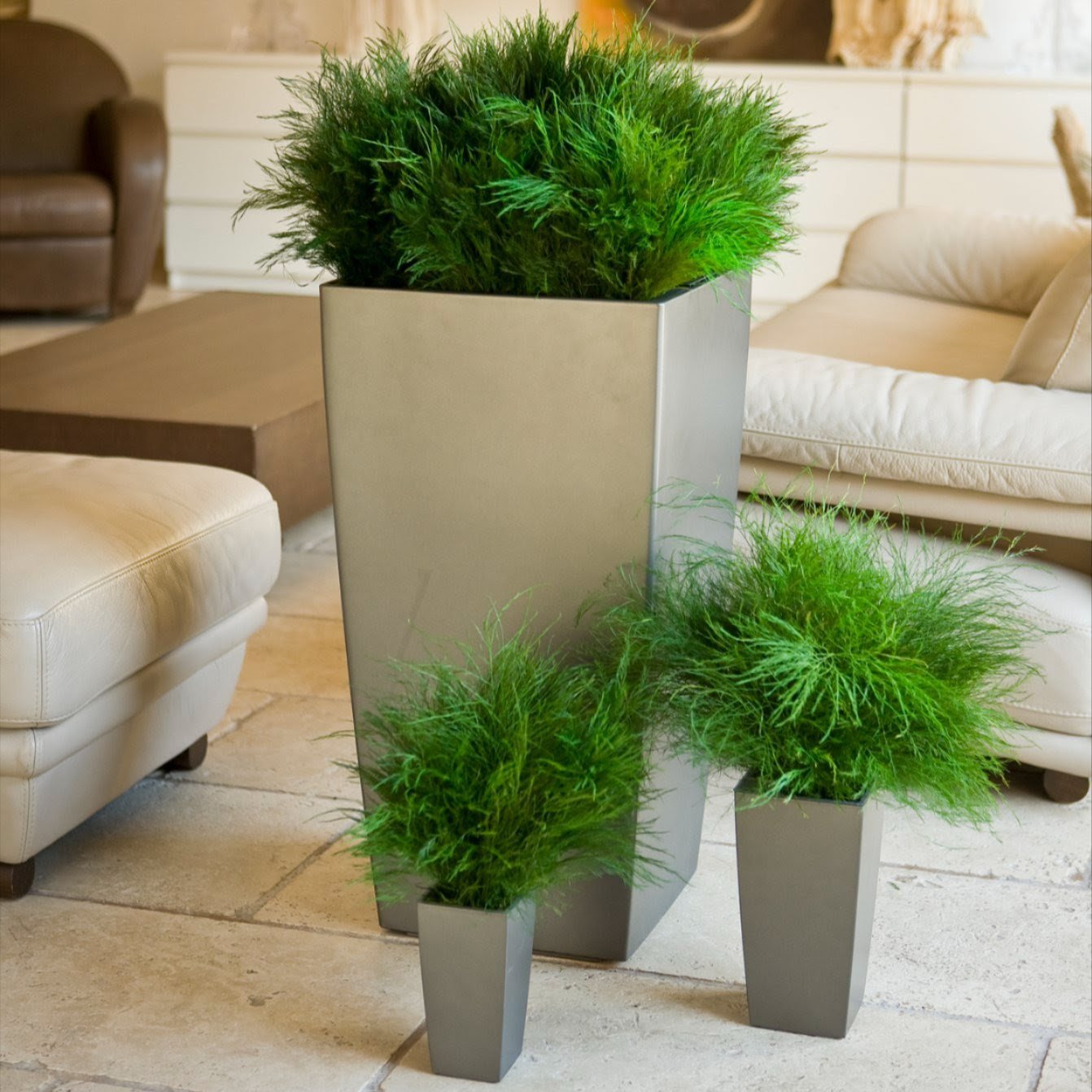
Tree Fern Pots


